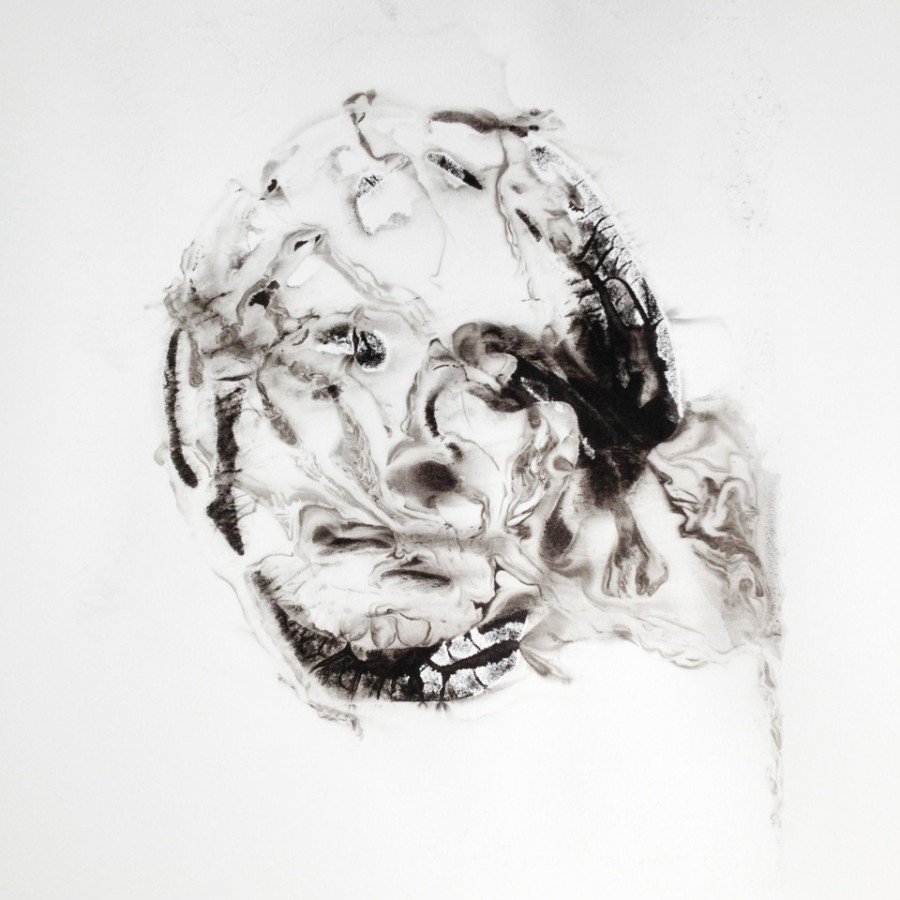Ver
La obra parte de la historia de La Desconocida del Sena, una máscara mortuoria de una joven que se ahogó en el río Sena alrededor de 1880 y cuyo rostro se hizo famoso entre artistas y escritores después de 1900, especialmente entre los surrealistas. Aunque se sospecha que fue un suicidio, no hay datos concretos sobre ello ni sobre cómo fue que su rostro mantuvo las facciones plácidas y esa belleza que inspiró al forense a mandar a hacer la máscara, como cuenta la leyenda. Su historia quedó olvidada en el tiempo: la artista la retoma al hilarla con casos de nuestra contemporaneidad sobre mujeres que se han lanzado a ríos, por los dilemas que presenta la vida moderna para muchas mujeres o por casos de violencia doméstica y depresión, quedando casi todas ellas en el olvido. La instalación se desarrolla entre esa idea poética —e incluso romántica— de la Ofelia de Hamlet y crudeza de las historias actuales exhibidas.
En su libro La Belle Noyée (La bella ahogada), Bertrad Tillier afirma que La Desconocida del Sena cristaliza el imaginario urbano del siglo XIX debido a su identidad múltiple, sus orígenes oscuros y su historial plural. Esta máscara de yeso, que también puede ser apreciada en la instalación junto a una serie de monotipos creados con su imagen, pertenece a la llamada “era de la reproducción”. Rescatada como objeto y enigma, su historia como molde puede ser comparada con la de la fotografía, ya que fueron despreciados por ser medios ilustrativos o documentales que operaban fuera del sistema de los objetos artísticos.
Actualmente, la teoría más aceptada es que la joven ahogada era una modelo posando como muerta. Su vida se inmortalizó en la máscara, como sucedió con personajes históricos como Napoleón. En este caso fue una desconocida, una anónima que se inscribe en la tradición de la Ofelia, retratada por tantos. En el video que se muestra, cuatro cuerpos caen al agua recreando la muerte y, al mismo tiempo, siendo la resurrección de las historias de estas damas que vuelven a vivir ante la audiencia. El video emula el poder de resurrección que se le asigna al imaginario de las máscaras mortuorias. La máscara blanca e inmaculada, con los ojos cerrados y un gesto de medio sonreír es el doble perfecto de la joven desconocida: es el doble que vence a la muerte.
Lucía Pizzani (Caracas, 1975). Licenciada en Comunicación Social Mención Audiovisual de la Universidad Católica Andrés Bello, Certificate in Conservation Biology CERC por la Columbia University y Magister in Fine Arts del Chelsea College of Arts and Design de Londres. Dentro de sus muestras individuales se pueden nombrar Vessel y Orchis (Fernando Zubillaga Galería, Centro de Arte Los Galpones. Caracas, 2009 y 2011, respectivamente), Retratos Ausentes-Absent Portraits (La Carniceria, Caracas y Signature Art Gallery Miami, 2007), y Vestigios (Sala Mendoza, -La librería-. Caracas, 2003), entre otras. Ha participado en exposiciones colectivas en países como Venezuela, Colombia, Estados Unidos, Reino Unido, España y Nueva Zelanda. Entre estas muestras se pueden mencionar su participación en el II Taller de Curaduría Experimental (Periférico Caracas, Caracas, 2012), Transgression (Beers.Lambert Contemporary. Londres, 2011), Bienal Internacional de Arte Contemporáneo ULA (Universidad de Los Andes. Mérida, 2010), MOLAA Collects Photo-Based Art, (Museum Of Latin American Art. Los Angeles, 2009), y III Queens Museum Biennale (Queens Museum. New York, 2006), Identidades (Galería El Museo. Bogota, 2006), The Drop (Exit Art. New York, 2006), y Naturalezas Abiertas, Salon Exxon Mobil (Galería de Arte Nacional. Caracas, 2003). Entre los reconocimientos a su trabajo se cuentan el Premio por Mejor Documental con Monitor, en los Premios VIART (Universidad Católica Andrés Bello. Caracas, 1998), el Segundo Premio en el IX Salón CANTV de Jóvenes Artistas FIA (Centro Cultural Corp Banca. Caracas, 2006), XII Premio Eugenio Mendoza y el Premio al Artista Emergente por la Asociación Internacional de Críticos de Arte (AICA), Capítulo Venezuela. (Caracas, 2013).
Su obra está representada en la Colección Banco Mercantil, el Museum Of Latin American Art (MOLAA) y la Colección Patricia Phelps de Cisneros (CPPC), entre otras.
___
Oficina #1 is delighted to present Lucía Pizzani with her video De la Desconocida del Sena y otras Ofelias (2012-2013) in the Pinta Video section of PINTA NY 2013 curated by Octavio Zaya (New York/Boston/Leon).
Lucía Pizzani
De la Desconocida del Sena y otras Ofelias, 2012-2013
Single-channel video with sound, plaster mask
PINTA VIDEO
BOOTH PV2
This work by Pizzani was awarded a Special Mention in the Latino Video Art Festival of New York Region 0 (May 16-18, 2013), which will be touring to the MARCO Museum of Contemporary Art in Vigo, Spain from november 15-17 of this year. Additionally, this work won the XII Premio Eugenio Mendoza, in Caracas in February of this year, in a version accompanied by a series of monotypes and archives.
This video and other works are available for purchase through Artsy
Read Artsy editorial
This piece takes on the story of The unknown of the Seine: the death mask of a young woman who drowned in the Seine river around 1880 and whose face became famous among 20th century writers and artists, especially the surrealists. The case has been considered a suicide, even though there is no concluding evidence for this. It is also a mystery why her face kept such a peaceful expression and such beauty that, according to legend, inspired the medical examiner to commission the making of her mask. Her story was forgotten through time but the artist now uses it as an inspiration in order to portray similar present-day cases in which women have leapt into rivers and into their own death, driven by desperation out of modern-day dilemmas and other problems such as home violence and depression. These stories share the fact that they all fall into oblivion. The video installation creates tension between a poetic and even romantic image inspired by Hamlet’s Ophelia and the harsh truths that have driven these women to take their own lives.
In his book La Belle Noyée (The drowned beauty), Bertrand Tillier sustains that The Unknown of the Seine crystallizes the urban imaginary of the XIX Century because of her multiple identity, her obscure origins and her plural history. The gesso mask belongs to the so-called “age of reproduction”.
Currently, the most accepted theory is that the drowned young woman was a model posing as a dead person. Her life was immortalized in the mask, as happened with historic personalities such as Napoleon. In this case it was a stranger, an anonymous woman that belongs to the Ophelia tradition, portrayed by many artists. The video shows four bodies that fall into the water, recreating the death and resurrection of these stories at the same time, for these women come to life once more before the audiences. The video emulates the power of resurrection attributed to the imagery of the death masks. The white and unpolluted mask, with eyes closed and a gentle smile, is a perfect duplicate of the unknown woman. The duplicate conquers death.
Lucía Pizzani (Caracas, 1975). Majored in Social Communications at the Andres Bello Catholic University, Caracas; earned a Certificate in Conservation Biology CERC at Columbia University, New York and a Magister in Fine Arts at Chelsea College of Arts and Design, London. Solo shows include Vessel and Orchis (Fernando Zubillaga Gallery, Centro de Arte Los Galpones. Caracas, 2009 and 2011, respectively), Absent Portraits (La Carniceria, Caracas and Signature Art Gallery Miami, 2007), Vestigios (Sala Mendoza, -La librería-. Caracas, 2003), among others. She has participated in numerous group shows in Venezuela, Colombia, USA, UK, Spain and New Zealand such as: II Taller de Curaduría Experimental (Periférico Caracas, Caracas, 2012), Transgression (Beers.Lambert Contemporary. London, 2011), Bienal Internacional de Arte Contemporáneo ULA (Universidad de Los Andes. Mérida, 2010), MOLAA Collects Photo-Based Art, (Museum Of Latin American Art. Los Angeles, 2009), and III Queens Museum Biennale (Queens Museum. New York, 2006), Identities (Galería El Museo. Bogota, 2006), The Drop (Exit Art. New York, 2006), and Naturalezas Abiertas, Salon Exxon Mobil (Galería de Arte Nacional. Caracas, 2003). Awards include Prize for Best Documentary with Monitor, VIART Prizes (Andres Bello Catholic University. Caracas, 1998), Second Prize at the IX CANTV Young Artists FIA Salon (Corp Banca Cultural Center. Caracas, 2006), XII Eugenio Mendoza Award and the Emerging Artists Award by the International Association of Art Critics, Venezuelan chapter. (Caracas, 2013).
Her work is represented in important collections such as Banco Mercantil Collection, Museum of Latin American Art (MOLAA) and Colección Patricia Phelps de Cisneros (CPPC), among others.
-
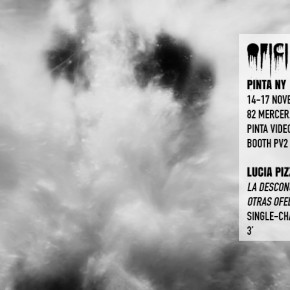
-
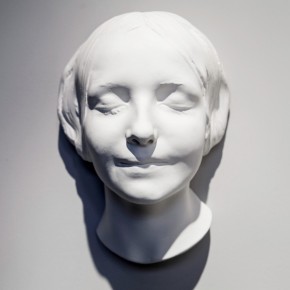
- De la Desconocida del Sena … | 2012-2013
-
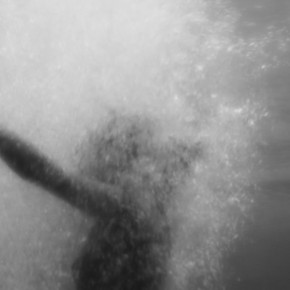
- De la Desconocida del Sena … | 2012-2013
-
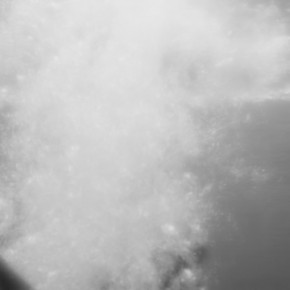
- De la Desconocida del Sena … | 2012-2013
-
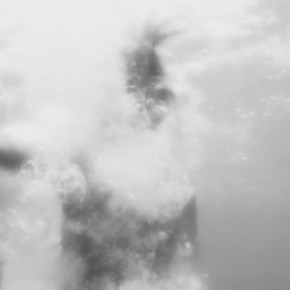
- De la Desconocida del Sena … | 2012-2013
-
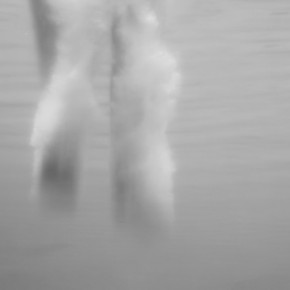
- De la Desconocida del Sena … | 2012-2013
-
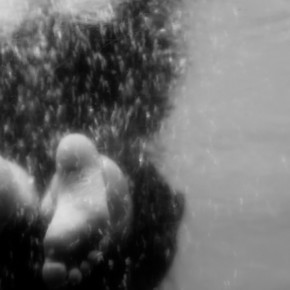
- De la Desconocida del Sena … | 2012-2013
-
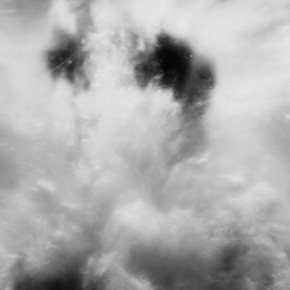
- De la Desconocida del Sena … | 2012-2013
-
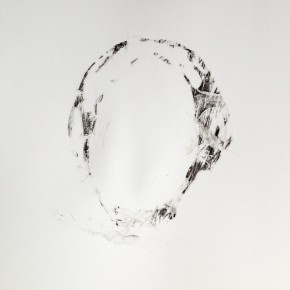
-
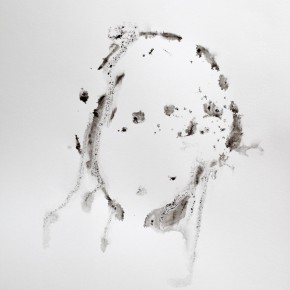
- De la Desconocida del Sena … | 2013
-
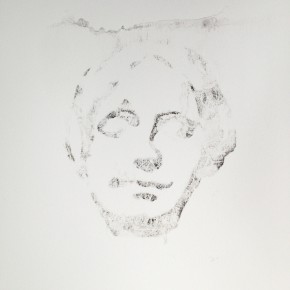
- De la Desconocida del Sena … | 2013
-
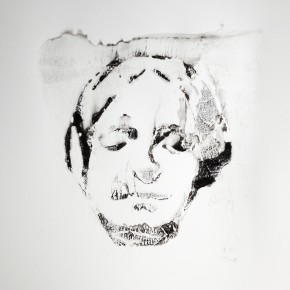
- De la Desconocida del Sena … | 2013
-
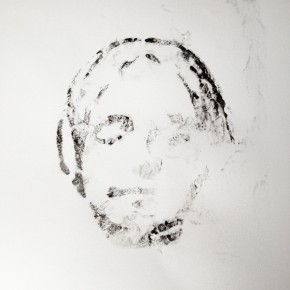
- De la Desconocida del Sena … | 2013
-
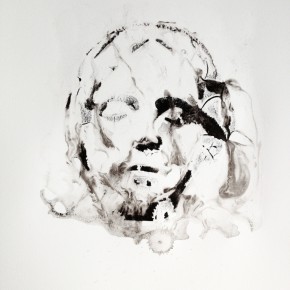
- De la Desconocida del Sena … | 2013
-
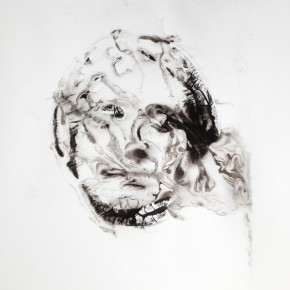
- De la Desconocida del Sena … | 2013
-
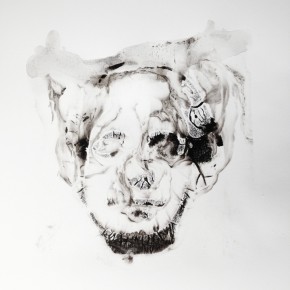
- De la Desconocida del Sena … | 2013
-
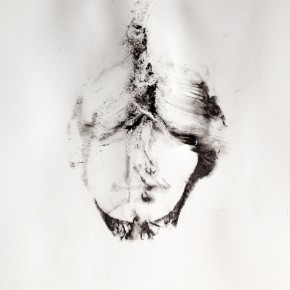
- De la Desconocida del Sena … | 2013
-
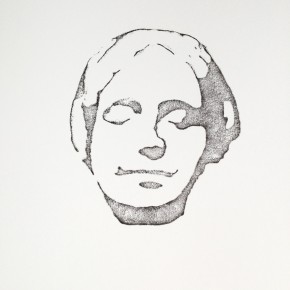
- De la Desconocida del Sena … | 2013
-
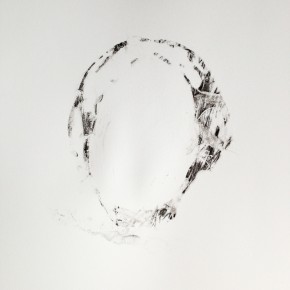
- De la Desconocida del Sena … | 2013

